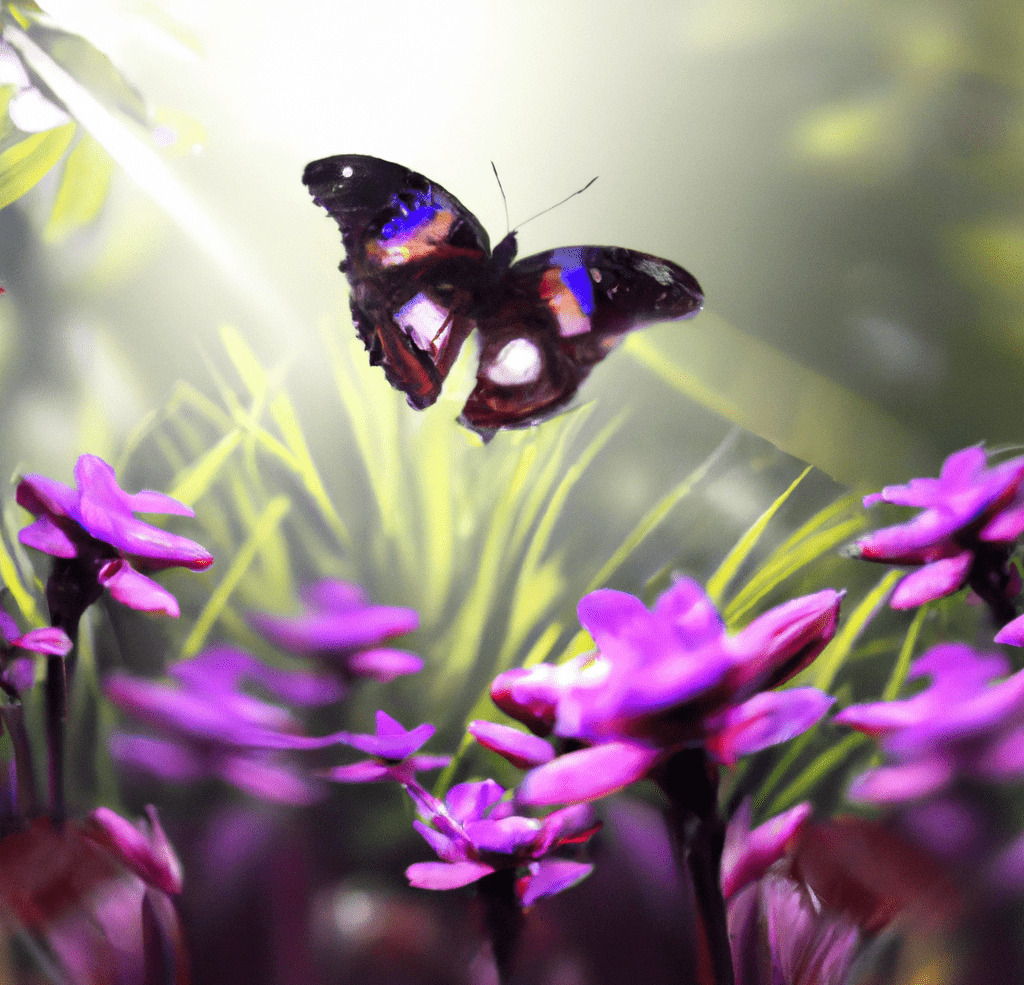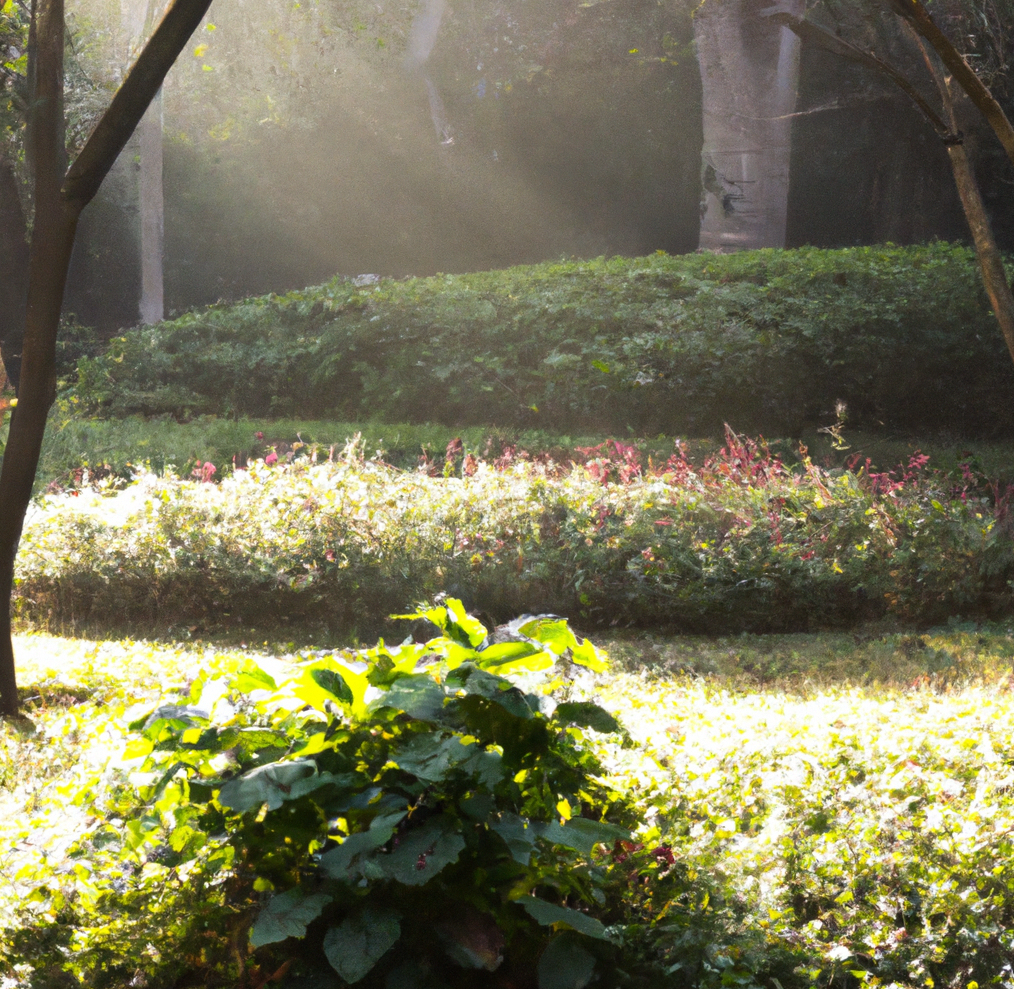Butterfly gardens are a type of garden that is specifically designed to attract and support butterfly populations. These gardens are typically filled with a variety of plants that provide nectar for butterflies to feed on, as well as host plants for butterfly larvae to eat. Butterfly gardens can be found in many different settings, from small residential gardens to larger public parks and nature reserves. In addition to providing a beautiful and peaceful space for people to enjoy, butterfly gardens can also help to support and conserve declining butterfly populations.
Butterflies are important pollinators, and their presence in a garden can help to increase the productivity of the plants. In addition, butterfly gardens can provide a valuable educational opportunity for people of all ages to learn about the life cycle and behavior of these fascinating insects. Creating a butterfly garden can be a rewarding and enjoyable hobby, and can also provide a valuable habitat for these important insects.
To create a successful butterfly garden, it is important to choose the right plants. In addition to providing nectar for adult butterflies, the garden should also include host plants for butterfly larvae to feed on. Some common butterfly host plants include milkweeds, thistles, and violets. In addition to these plants, the garden should also include a variety of flowering plants to provide a continuous source of nectar for the butterflies. Some popular nectar plants for butterfly gardens include coneflowers, daisies, and zinnias.
Once the plants are in place, it is important to provide a suitable environment for the butterflies to thrive. This includes providing shelter from the wind and sun, as well as a source of water for the butterflies to drink. A shallow dish or birdbath filled with sand and water can provide a suitable drinking source for butterflies.
In conclusion, butterfly gardens are a beautiful and valuable addition to any outdoor space. By providing the right plants and a suitable environment, these gardens can support and conserve declining butterfly populations, and provide a peaceful and educational space for people to enjoy.

Butterfly Garden
A butterfly garden is a type of garden that is specifically designed to attract and support butterfly populations. These gardens are often created by gardeners who are interested in supporting local wildlife and providing a beautiful and peaceful space for people to enjoy. To create a successful butterfly garden, it is important to choose the right plants and provide a suitable environment for the butterflies to thrive.
Butterflies are attracted to a variety of different plants, including both host plants for their larvae and nectar plants for the adult butterflies to feed on. Some common butterfly host plants include milkweeds, thistles, and violets. In addition to these plants, a butterfly garden should also include a variety of flowering plants to provide a continuous source of nectar for the butterflies. Some popular nectar plants for butterfly gardens include coneflowers, daisies, and zinnias.
In addition to providing the right plants, a butterfly garden should also provide a suitable environment for the butterflies to thrive. This includes providing shelter from the wind and sun, as well as a source of water for the butterflies to drink. A shallow dish or birdbath filled with sand and water can provide a suitable drinking source for butterflies.
Overall, a butterfly garden can be a rewarding and enjoyable project for gardeners of all skill levels. In addition to providing a beautiful and peaceful space for people to enjoy, a butterfly garden can also help to support and conserve declining butterfly populations.
Benefits of Butterfly Gardens
Butterfly gardens can provide many benefits for the environment and for people. These gardens can support declining butterfly populations by providing a suitable habitat and food sources. In addition, butterfly gardens can provide a beautiful and peaceful space for people to enjoy, and can also serve as an educational tool to teach people about the importance of butterflies and their role in the ecosystem.
Butterflies are important pollinators, and their presence in a garden can help to increase the productivity of the plants. In addition, butterfly gardens can provide a valuable educational opportunity for people of all ages to learn about the life cycle and behavior of these fascinating insects. Creating a butterfly garden can be a rewarding and enjoyable hobby, and can also provide a valuable habitat for these important insects.
Butterfly gardens can also provide benefits for the environment beyond just supporting butterfly populations. These gardens can support other wildlife, such as birds and bees, and can also help to conserve water and reduce the use of pesticides and other chemicals. In addition, butterfly gardens can provide a sense of connection to nature and can promote a sense of well-being for those who enjoy spending time in them.
Overall, butterfly gardens provide many benefits for both people and the environment. By creating a butterfly garden, gardeners can support declining butterfly populations, provide a beautiful and peaceful space for people to enjoy, and help to promote a healthy ecosystem.
Learning About Butterfly Gardens
Butterfly gardens are a great way to learn about butterflies and their role in the ecosystem. By creating a butterfly garden, gardeners can observe the life cycle of butterflies and learn about the different plants that butterflies rely on for food and habitat.
One important thing to learn about when creating a butterfly garden is the types of plants that butterflies need. As mentioned earlier, butterfly gardens should include both host plants for butterfly larvae and nectar plants for adult butterflies to feed on. Some common butterfly host plants include milkweeds, thistles, and violets. In addition to these plants, a butterfly garden should also include a variety of flowering plants to provide a continuous source of nectar for the butterflies. Some popular nectar plants for butterfly gardens include coneflowers, daisies, and zinnias.
Another important thing to learn about when creating a butterfly garden is how to support the life cycle of butterflies. This includes learning how to identify butterfly eggs and caterpillars, and how to provide the right conditions for them to thrive. In addition, gardeners should learn about the importance of avoiding the use of pesticides and other chemicals in the garden, as these can harm butterflies and other pollinators.
Overall, creating a butterfly garden is a great way to learn about butterflies and their role in the ecosystem. By providing the right plants and a suitable environment, gardeners can support and conserve declining butterfly populations, and learn about these fascinating insects in the process.
Plants for a Butterfly Garden
When creating a butterfly garden, it is important to choose the right plants to support the life cycle of butterflies. Butterfly gardens should include both host plants for butterfly larvae and nectar plants for adult butterflies to feed on. Some common butterfly host plants include milkweeds, thistles, and violets. In addition to these plants, a butterfly garden should also include a variety of flowering plants to provide a continuous source of nectar for the adult butterflies. Some popular nectar plants for butterfly gardens include coneflowers, daisies, and zinnias.
In addition to choosing the right plants, it is also important to consider the location and layout of the plants in the garden. Butterflies need a sunny location with shelter from the wind and rain, and plants should be arranged in a way that allows for easy access to nectar and host plants. Gardeners can also consider adding plants that bloom at different times of the year to provide a continuous source of nectar for the butterflies.
Overall, choosing the right plants is an important step in creating a successful butterfly garden. By providing the right plants and a suitable environment, gardeners can support and conserve declining butterfly populations and provide a beautiful and peaceful space for people to enjoy.

Gardens
A garden is a planned space, usually outdoors, for the purpose of growing and displaying plants. Gardens can be of many different types, including vegetable gardens, flower gardens, herb gardens, and even butterfly gardens.
A butterfly garden is a type of garden that is designed to attract butterflies. These gardens often feature plants that are attractive to adult butterflies, as well as plants that provide food for the larvae of butterfly species. Butterflies are attracted to a variety of plants, but some common ones include milkweed, lavender, and daisies.
Creating a butterfly garden can be a fun and rewarding activity for both adults and children. Not only will it provide a beautiful and colorful addition to your outdoor space, but it will also support the local butterfly population and help to promote biodiversity in your area.
In addition to butterfly gardens, there are many other types of gardens that can be enjoyed by adults. For example, a vegetable garden can provide fresh produce for cooking, while a flower garden can add beauty and color to an outdoor space. Regardless of the type of garden, the act of gardening itself can be a relaxing and fulfilling hobby for adults.
Bottom Line: Butterfly Gardens and its Purpose
A butterfly garden is a small outdoor space designed to attract and support butterflies and other pollinators. These gardens typically include a variety of flowering plants that provide nectar for butterflies and other insects, as well as shelter and other resources such as water and mud puddles. Butterfly gardens can be found in a variety of settings, including private homes, public parks, schools, and community gardens. They can serve as a way to enhance the beauty and biodiversity of an area, as well as provide educational and recreational opportunities for people.
If you’re interested in the butterfly gardens, you may also be interested in types gardens and container gardens.







